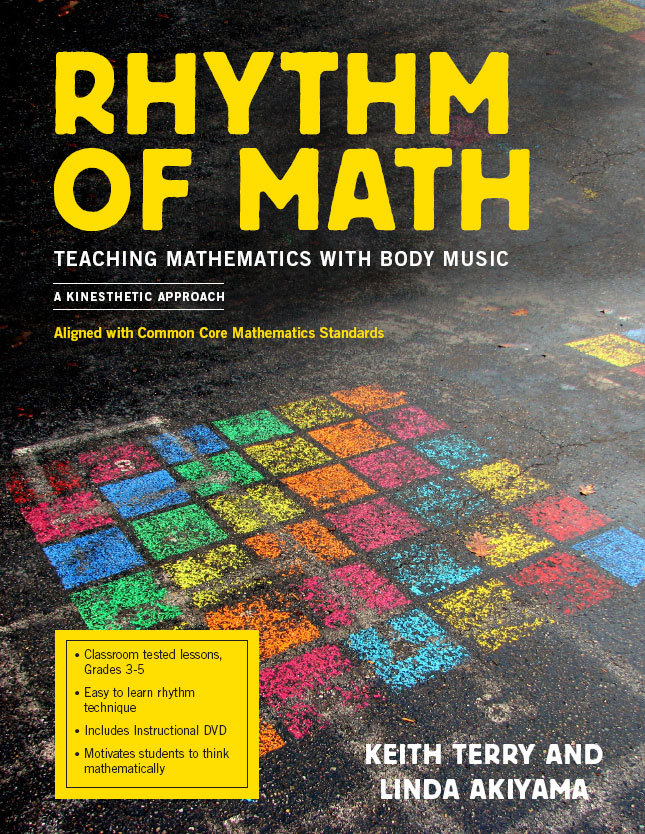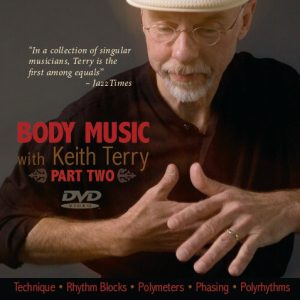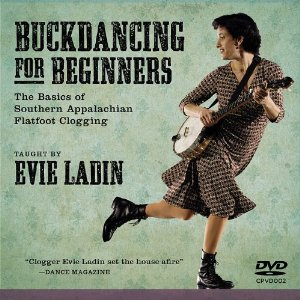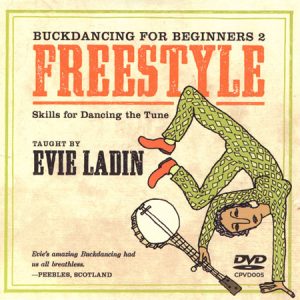Description
Available as a traditional book and Video as a digital download (16.4MB PDF + 1.3GB MOV file).
Keith Terry and Linda Akiyama
166-page book + 52-minute video
A Kinesthetic Approach
Aligned with Common Core mathematics standards
This unique book provides classroom-tested lessons for teaching math to grades 3-5 using an easy-to-learn rhythm technique. Motivate students to think mathematically while having fun! 166 pages. Includes instructional Video.
Also available: Hands-on professional development workshop for Rhythm of Math.

from Rhythm of Math
The Rhythm of Math is a Math Teaching Unit for grades 3-5, developed by Body Musician and Guggenheim Fellow, Crosspulse Artistic Director Keith Terry and elementary school teacher, math visionary Linda Akiyama. An integrated music and mathematics program that uses Keith’s Body Music Rhythm Blocks to teach math concepts and skills, The Rhythm of Math engages students in learning and applying essential mathematical concepts, while performing, studying, and composing rhythms. Rhythm Blocks are a technique that is easy to learn, even for teachers and students with little or no music experience. They have certain mathematical qualities that make them ideal for learning properties of natural numbers, flexible ways of conceiving of multiplication and fractions, division, ratios, proportions, and measurement.
We have completed an extremely successful pilot program in Oakland and San Francisco, California public schools. Read this Letter of Support from Karen Haynes, Principal of Lafayette Elementary, Oakland.
In The Rhythm of Math lessons, the enjoyment and challenge of playing and creating rhythms motivates students to learn mathematical concepts while studying the underlying structure of a wide range of musical patterns. Mathematics then becomes a creative tool that students use to compose their own rhythmic music. Using math to notate and compose rhythms provides students with concrete examples of how key mathematical concepts can be applied to real world situations, giving students an opportunity to use mathematics to solve problems in a creative context. Exploring math concepts with rhythms engages the senses of touch, hearing, and sight as well as movement. Students feel and hear patterns as the number of beats are added, multiplied or divided.
Even though I knew all the lessons I understand the concepts better now that I have learned Rhythm Blocks. I would like to learn more math using Rhythm Blocks because I love math and music but usually math is figuring out problems in your head however this Rhythm Blocks is a hands-on experience. – Brianna
I feel smart and rhythmic because I’m learning rhythm and math at the same time. – Maricruz
The exercises have made the identity, commutative and associative properties of addition/multiplication very concrete and kinesthetic to the children. These helped in clear understanding of these properties which was seen clearly in the results of the trimester math test given by the district.
— Leni Juarez, Flynn Elementary, Spanish Immersion Program, SFUSD
I felt something new in my heart. I felt that the Rhythm Blocks went into my body and told me new answers.
— Juan, Student
Great idea to use multi-sensory methods to teach math. It makes math fun and viable and using Rhythm Blocks for the most part reduces the effective filter and draws in students for whom math is challenging.
— Corrigan Malloy, Lafayette Elementary, OUSD
I feel like it helped me with division and it is fun too.
— Kaitlyn, Student
The kinesthetic and musical attributes of this program have greatly enhanced instruction, as well as increased student engagement in the core math subjects. Additionally, Rhythm of Math is an excellent example of an innovative method to increase student achievement by addressing the multiple intelligences and divergent learning styles of our students.
— Karen Haynes, Principal
Lafayette School, Oakland, CA




